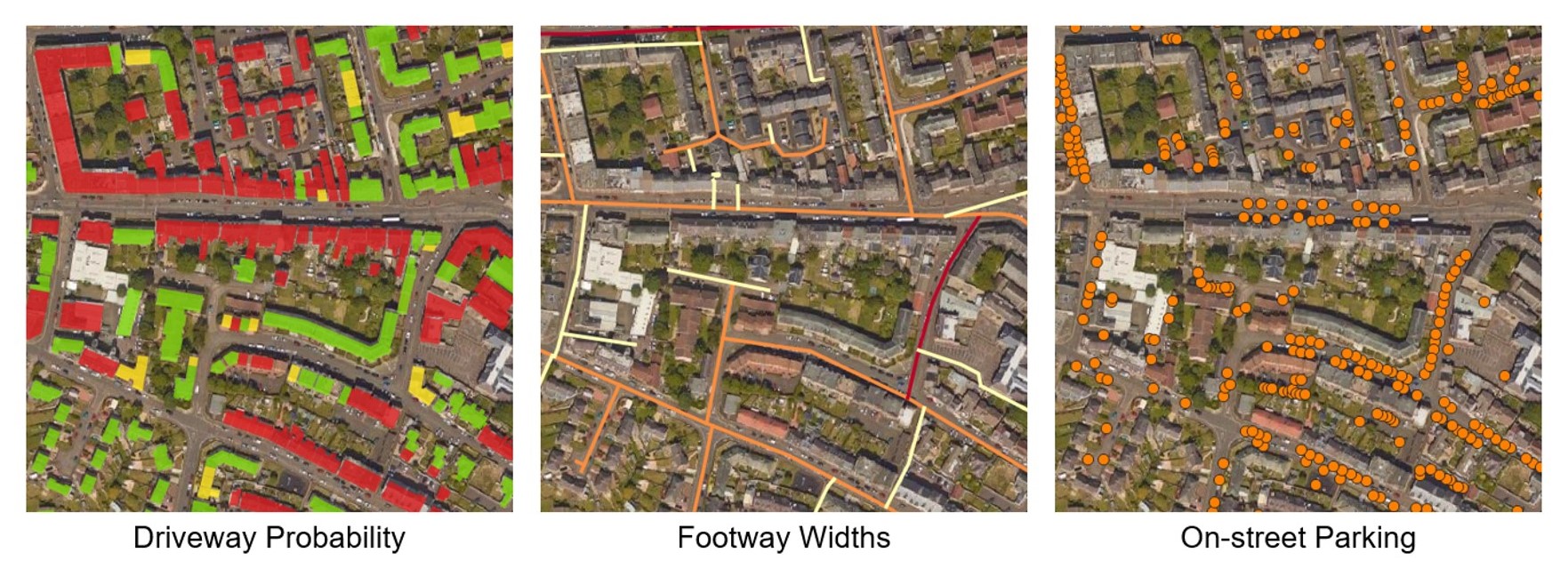But sustaining this growth isn’t without its challenges. One of the biggest is ensuring that suitable charging infrastructure is installed at a pace that matches EV uptake, and in the most appropriate and accessible locations. Electric Vehicle Charge Point (EVCP) roll-out needs to keep accelerating to sustain EV growth. Ratios of over 30 EVs to one charge point can be found in areas all across the UK. With the EV charging market forecast to be worth £45bn by 2025, more needs to be done to ensure the charging infrastructure is being developed to cope.
Whilst destination charging is – understandably – often-preferred for stakeholders and installers, experience shows EV users prefer and want home charging. This is where many of the barriers to widescale infrastructure deployment exist. In the UK it is estimated that almost 40% of the population live in properties without access to off-street parking. In the EU the average is closer to 42%, and over 60% in Germany and Spain. This means that to provide all citizens with equal opportunity regarding the transition to EVs, on-street charging infrastructure, and alternative solutions such as residential charging hubs, are needed at a mass scale.
One of the biggest barriers to wider residential roll-out is the lack of urban intelligence at individual street or property level. Local authorities and other parties simply do not have the evidence base on which to act, and acquiring that information utilising traditional methods is expensive and time-consuming. However, by leveraging the power of satellite imagery and Machine Learning, Energeo are helping stakeholders – including East Lothian Council, Bournemouth-Christchurch-Poole Council and Oxfordshire County Council – by automatically identifying, measuring and monitoring the assets and infrastructure influencing residential and suburban EVCP implementation.

The use of satellite imagery facilitates rapid city-scale analysis at high granularity and accuracy, providing stakeholders with intelligence gathered automatically and non-intrusively that reduces initial surveying costs and accelerates the information gathering process. This improved understanding of the urban environment through enhanced asset appreciation enables better, and faster, decision making regarding on-street EVCP roll-out.
To discover more, email info@energeo.co.uk


